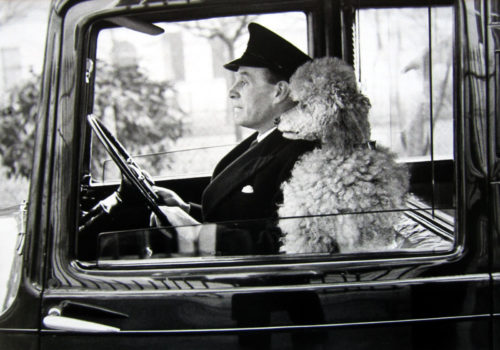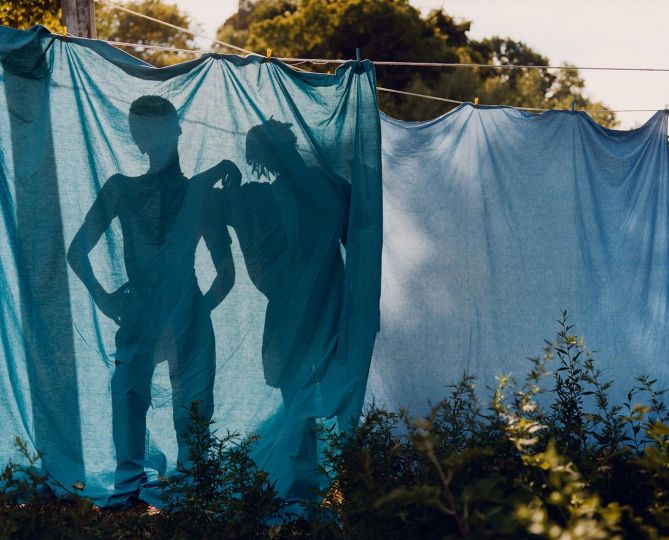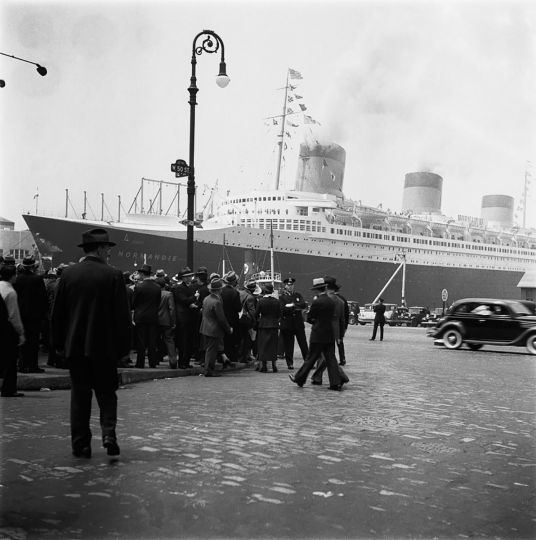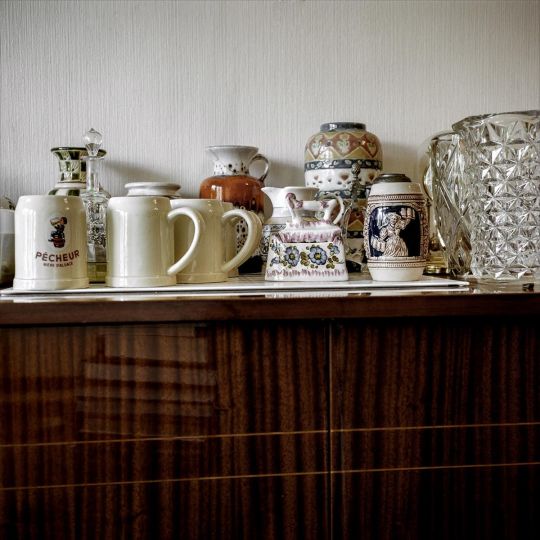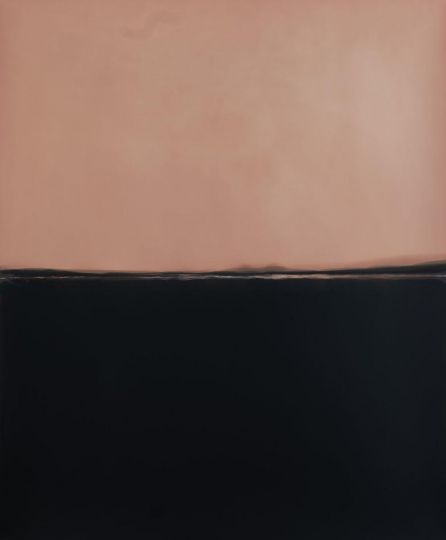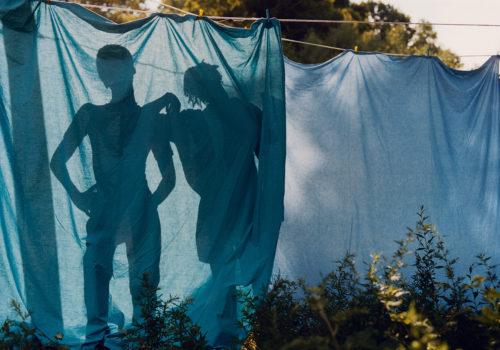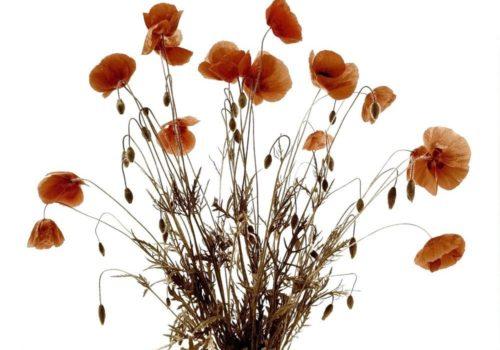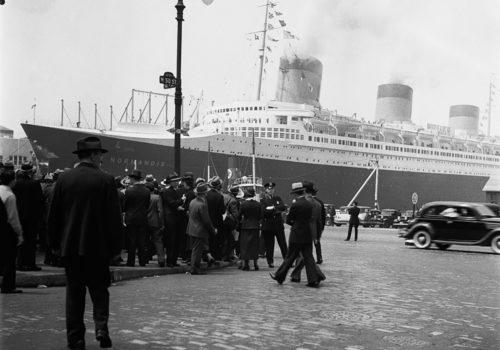This is the fourteenth installment of the online series by Peter Fetterman Gallery called the Power of Photography highlighting hope, peace and love in the world. We invite you to enjoy and reflect on these works during this time.
Thurston Hopkins (1913-2014)
La Dolce Vita, Knightsbridge, London, 1953
© Estate of Thurston Hopkins/Courtesy Peter Fetterman Gallery
Thurston Hopkins and his wonderful wife and fellow photographer, Grace Robertson, were always so gracious whenever I came to visit them in their cottage in Seaford, near the West Sussex coast. I would always discover new gems from their archives.

